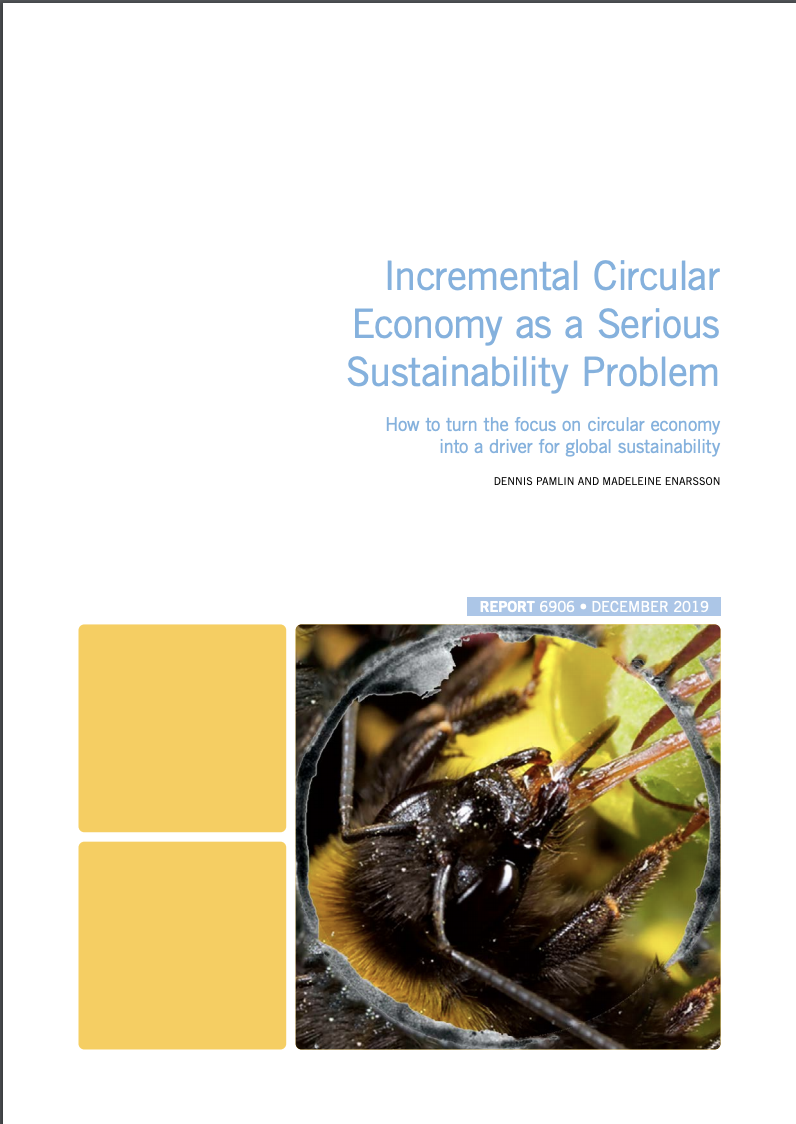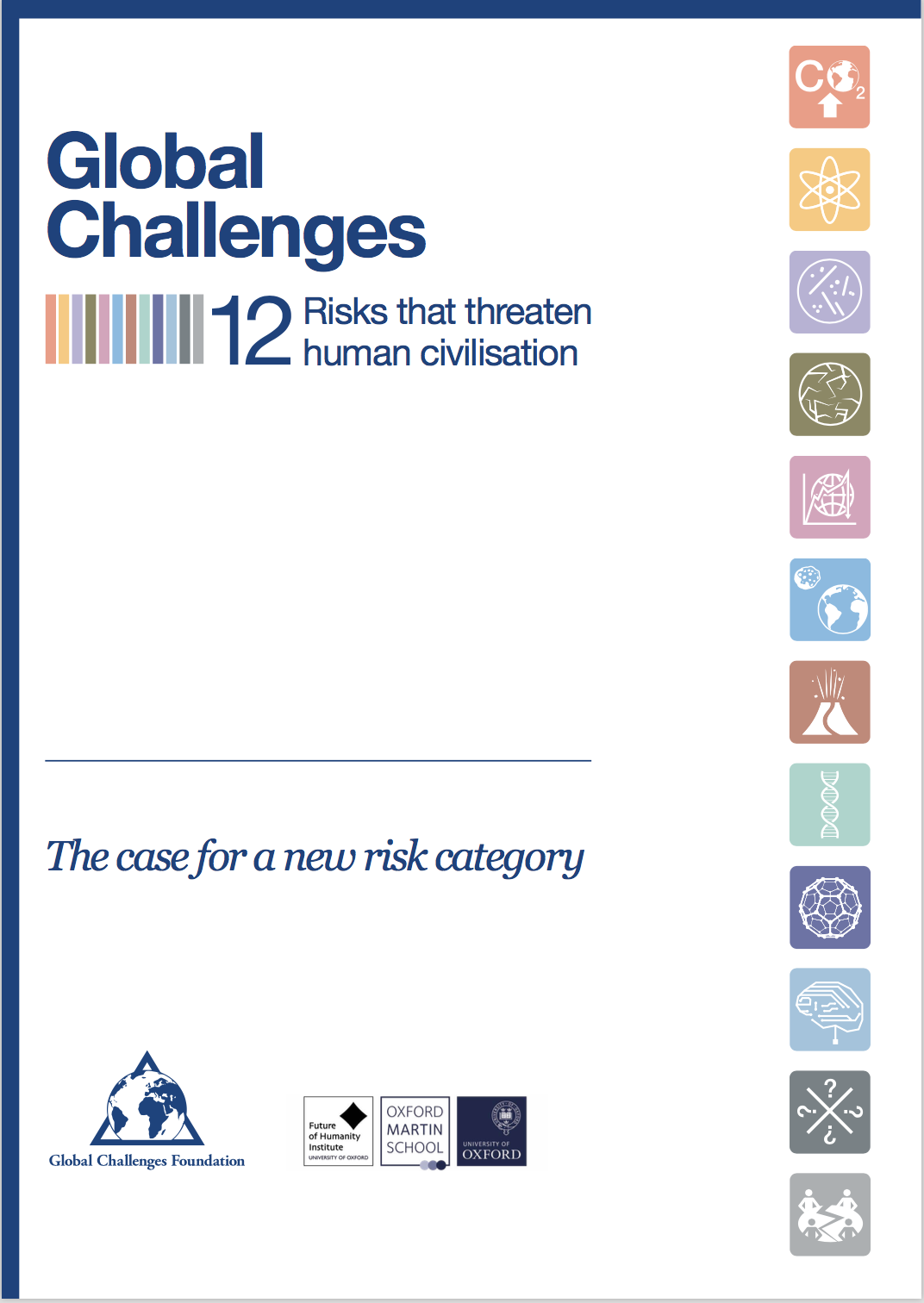Role: authour
Summary
Main conclusions regarding Norway’s domestic situation:
+ World-class connectivity.
+ IT interested population.
+ Well functioning communication between ministries and sectors.
+ World leading use and development of many low-carbon ICT solutions.
+ Vision of a zero carbon and innovative future.
+ “Leading” in many macro trends, such as ICT literacy, aging, understanding of the need to shift from a natural resource based economy to a service economy.
- Focus almost exclusively on the supply-side when it comes to low-carbon solutions, with additional focus on incremental improvements within existing systems. Very little focus on transformative solutions that can be used by 9 billion people, i.e. the future we are heading towards.
- While there is a broad agreement on the need to move towards a zero carbon future with transformative solutions, few concrete work plans exist to implement such solutions.
- While communication is well functioning and friendly between ministries actual collaboration around transformative projects is often lacking, making transformative solutions that require cross sectorial/ministry collaboration difficult to implement. Instead much of the focus is on incremental improvements within current areas of responsibility.
- The policies and targets for climate change and CO2 reductions still focus on addressing problems, not creating solutions.
- There is lack of clarity in terms of where the responsibility lies for low-carbon ICT support or transformative solutions as this is spread over a number of ministries. Ministries responsible for different ICT aspects have an understanding of the potential, but the Ministry of Environment has not moved beyond “sector by sector” and problem oriented approaches, and current goals are focusing on incremental CO2 reductions.
Much of the above could change fast, for example in the fall of 2011 when a new climate policy for Norway might be presented, but today there is a rapidly growing tension in Norway between “the first-generation of environmentalism” and what could be described as an emerging “second-generation of environmentalism”.
The first-generation identified problems, especially polluting companies, and tried to address the problem through incremental improvements within existing systems and through end-of-pipe solutions using a national perspective. The second-generation focuses on transformative solutions, especially solution clusters, with new and innovative ways of providing services. The perspective of the second-generation of environmentalism is global and the definition of sustainable is that the service can be provided in a sustainable way for nine billion people. The second-generation thus represents a shift away from incremental solutions within existing unsustainable systems.
The first generation is institutionalized though the bodies responsible for “environmental issues”. While many working with the first-generation of environmentalism intellectually understand the need for a shift towards a new approach and frequently arrange seminars, produce reports, etc about the second-generation of environmentalism, the focus (including targets and capacity) is almost exclusively on incremental CO2 reductions within existing sectors with a national focus.
Norway can be described as a world leader in the first-generation of environmentalism. This leadership seems to have resulted in a situation where those in charge of “environmental” issues are intellectually grasping the need for a new approach, but the structures, traditions, mandate, etc push them back to a first-generation approach.
Norway has great potential to become a world leader in the second-generation of environmentalism, building on many interesting initiatives. The challenges should however not be underestimated and Norway needs to think in terms of leapfrogging and making significant changes in the current organizational structures in order to be able to play a relevant international role in the second-generation of environmentalism.
Instead of a better car, the focus is on smart working, resulting in promotion of teleworking. Instead of better airplanes the focus is on smart meetings, resulting in promotion of videoconferencing. Instead of better paper production the focus is on smart reading, resulting in e-books. Instead of CCS the focus is on smart buildings that provide lighting, a comfortable temperature, etc while being net producers of renewable energy at the same time.
Download the full report
































